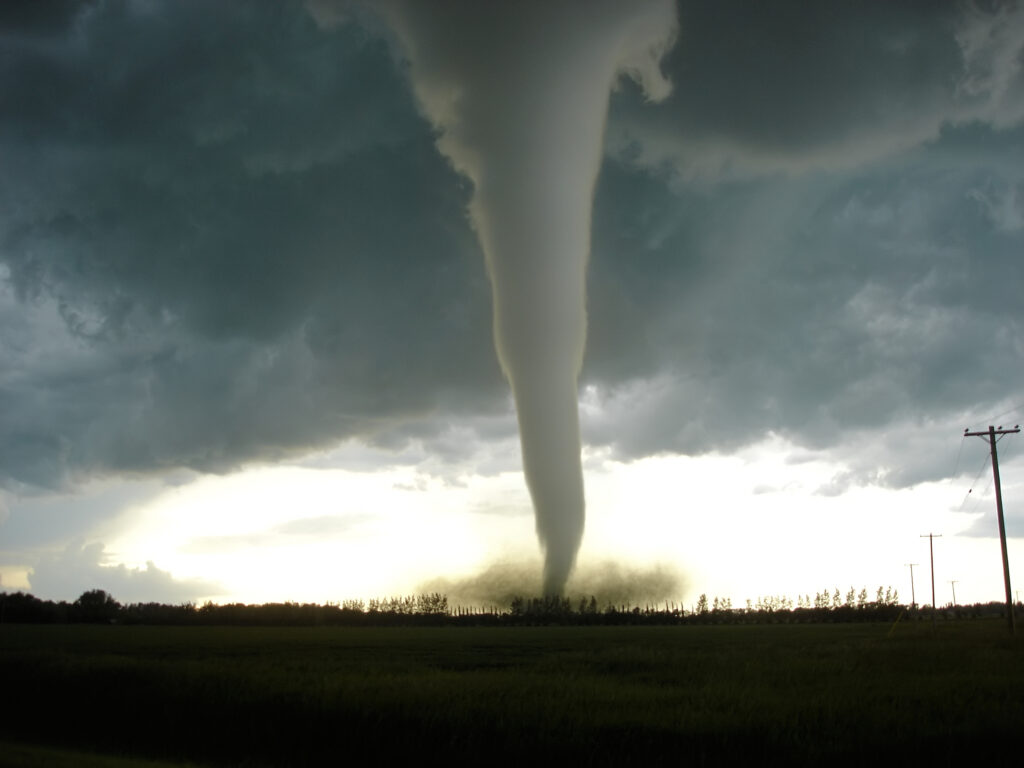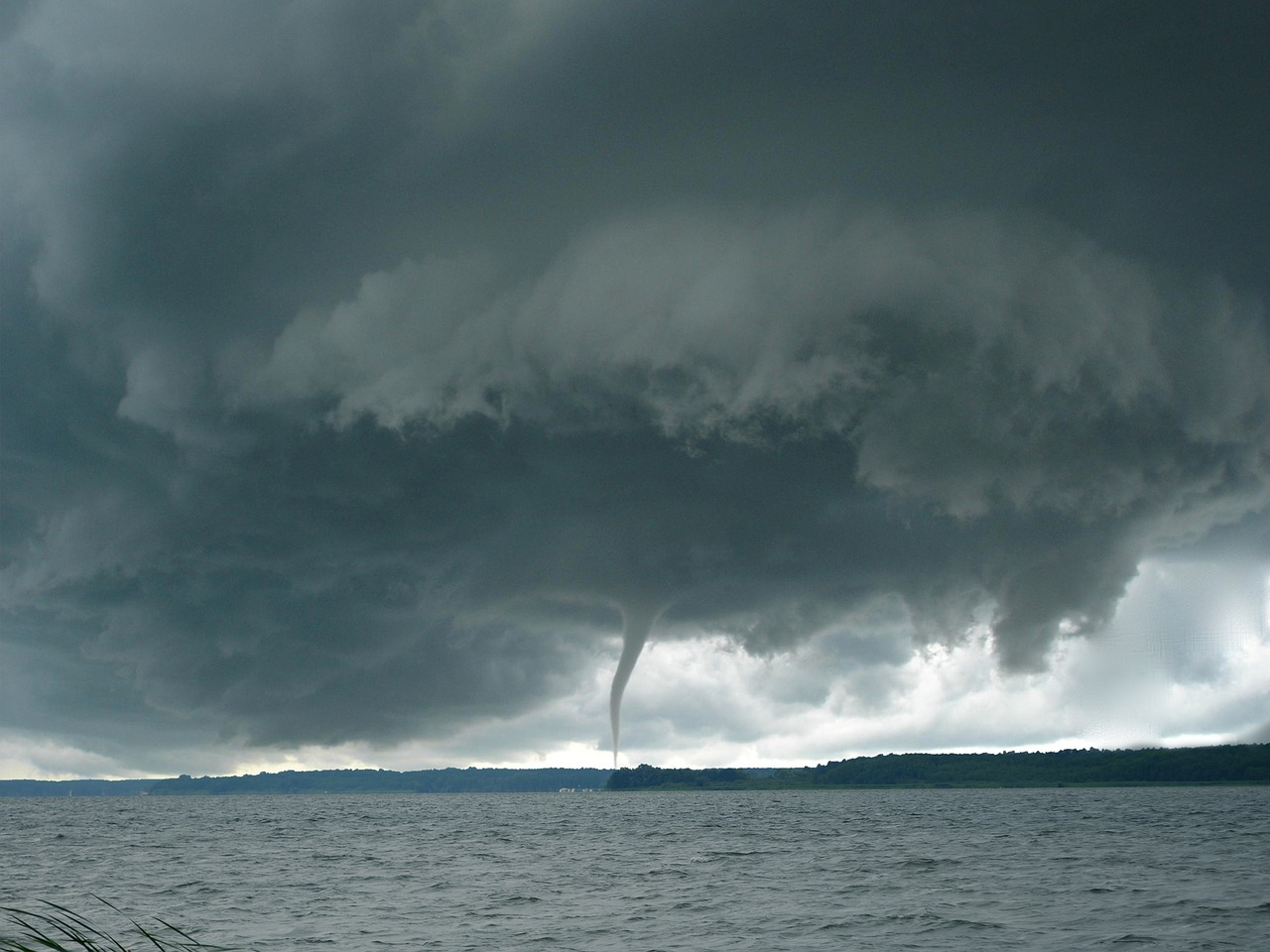How to Create a Tornado Emergency Plan – A tornado emergency is a critical situation where the imminent threat of a tornado warrants immediate action to protect lives and property. Understanding what constitutes a tornado emergency and being prepared to respond effectively can make all the difference in survival and recovery.
How to Create a Tornado Emergency Plan

Understanding Tornado Emergencies
Tornado emergencies are declared by the National Weather Service (NWS) when a tornado poses a significant risk to populated areas. Unlike standard tornado warnings, which advise residents to take shelter, tornado emergencies indicate an exceptionally dangerous situation where the likelihood of a violent and potentially deadly tornado strike is high. These declarations serve as a clear signal for individuals and communities to enact their emergency plans without delay.
Causes of Tornado Emergencies
Tornadoes form under specific atmospheric conditions, typically during severe thunderstorms characterized by rotating updrafts known as supercells. Factors such as warm, moist air colliding with cold, dry air can create the instability necessary for tornado development. Additionally, wind shear—the change in wind speed and direction with altitude—plays a crucial role in the formation and intensity of tornadoes.
Tornado Preparedness
Preparedness is paramount when facing the threat of a tornado emergency. Families should develop and practice emergency plans that include designated shelter locations within their homes or communities. Creating a tornado survival kit with essential supplies such as water, non-perishable food, flashlights, and first-aid supplies is also essential.
Response to Tornado Emergencies
When a tornado emergency is declared, it is imperative to take immediate action. Follow evacuation orders if necessary and seek shelter in sturdy, interior rooms on the lowest floor of a building. Stay informed through weather alerts and local news updates to ensure timely and accurate information.
Community Preparedness Efforts
Communities play a vital role in preparing for tornado emergencies. Local authorities and emergency management agencies work to educate residents, conduct drills, and establish warning systems to enhance preparedness and response capabilities. Community resilience relies on proactive planning and coordination among various stakeholders.
Technological Advances in Tornado Prediction
Advancements in meteorological technology have improved the accuracy and timeliness of tornado forecasts. Doppler radar systems can detect rotational patterns within storms, allowing forecasters to issue more precise warnings. Additionally, the development of mobile apps and wireless emergency alerts enables individuals to receive real-time updates on approaching tornadoes.
Recovery and Rebuilding
Following a tornado emergency, communities must assess damage, prioritize safety, and initiate recovery efforts. Rebuilding infrastructure and providing support to affected residents require coordinated efforts from government agencies, nonprofit organizations, and volunteers. Long-term recovery efforts focus on restoring communities and enhancing resilience to future disasters.
Psychological Impact of Tornado Emergencies
Tornado emergencies can have lasting psychological effects on survivors, including post-traumatic stress disorder (PTSD) and anxiety. It is essential to provide mental health support services and resources to help individuals cope with trauma and rebuild their lives.
Lessons Learned from Past Tornado Emergencies
Studying past tornado events provides valuable insights into improving emergency preparedness and response strategies. Analyzing case studies and implementing lessons learned can enhance community resilience and reduce the impact of future disasters.
Global Perspectives on Tornado Preparedness
Tornadoes occur worldwide, albeit with varying frequency and intensity. Different regions face unique challenges in tornado preparedness and response, highlighting the importance of tailored approaches based on local conditions. International collaboration in disaster management fosters knowledge sharing and capacity building to mitigate the impact of tornado emergencies globally.
Educational Initiatives
Education is key to raising awareness and promoting tornado safety. Integrating tornado preparedness into school curricula and conducting public outreach campaigns can empower individuals and communities to take proactive measures to protect themselves and their loved ones.
The Role of Insurance in Tornado Preparedness
Insurance coverage is essential for mitigating the financial impact of tornado damage. Homeowners, renters, and business owners should review their insurance policies to ensure adequate coverage for property damage and personal belongings. Understanding policy terms and filing claims promptly can expedite the recovery process.
Environmental Considerations
Tornadoes not only pose risks to human life and infrastructure but also have environmental consequences. They can disrupt ecosystems, destroy habitats, and impact agricultural productivity. Addressing environmental considerations in disaster planning helps minimize the ecological footprint of tornado emergencies.
Conclusion
Tornado emergencies represent a serious threat to communities, requiring swift and decisive action to mitigate risks and protect lives. By prioritizing preparedness, leveraging technological advancements, and fostering collaboration, we can enhance our resilience to tornadoes and minimize their impact on society.
Unique FAQs
- How common are tornado emergencies?
- Tornado emergencies are relatively rare and are declared in situations where the threat of a violent tornado strike is imminent and poses a significant risk to populated areas.
- What should I do if a tornado emergency is declared in my area?
- If a tornado emergency is declared, it is crucial to seek shelter immediately in a sturdy, interior room on the lowest floor of a building. Follow evacuation orders if instructed to do so by local authorities.
- Can tornadoes be accurately predicted?
- While tornado prediction has improved with advancements in meteorological technology, forecasting exact tornado occurrences remains challenging. Doppler radar and other tools provide valuable data for issuing timely warnings, but tornadoes can still form rapidly and unexpectedly.
- How can communities prepare for tornado emergencies?
- Communities can prepare for tornado emergencies by developing comprehensive emergency plans, conducting drills, establishing warning systems, and educating residents about tornado safety measures.
- What is the difference between a tornado warning and a tornado emergency?
- A tornado warning is issued when a tornado is detected or indicated by radar, prompting residents to take immediate shelter. A tornado emergency is a higher level of alert, indicating an exceptionally dangerous situation where a violent tornado is imminent and poses a significant risk to life and property.




